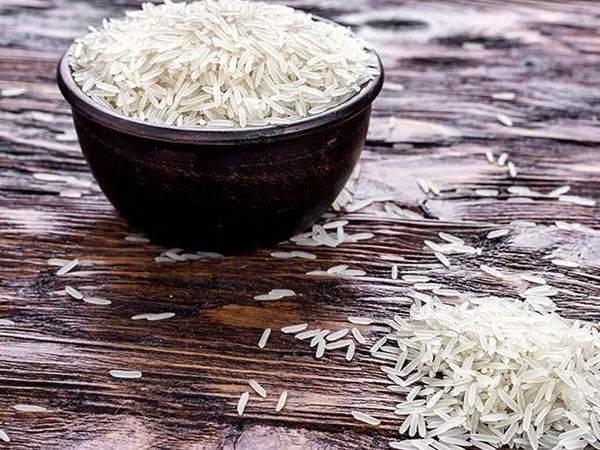 With the cost of building new homes increasingly becoming unaffordable for average Nigerians, the Federal Government and investors have turned to the use of rice straw bricks as alternative to cement with about $250 million investments expected.
With the cost of building new homes increasingly becoming unaffordable for average Nigerians, the Federal Government and investors have turned to the use of rice straw bricks as alternative to cement with about $250 million investments expected.
The rice straw bricks are also expected to lower the cost of building new homes by about 40 percent.
Speaking at the unveiling of the initiative to real estate stakeholders in Abuja, Chairman, Ekopanely Limited, Rotimi Muyiwa George said the initiative which would be carried out in partnership with state governments would revolutionise the building industry in the country.
With a bag of cement averaging N7,500 per bag, the technology uses straws from rice fields to make bricks at significantly cheaper cost than cement, he explained.
Tagged: “From rice fields to mortgage housing”, Mr. George, said the sum of $250 million has been secured in Foreign Direct Investment in partnership with OSE System AB of Sweden, owners of OurEcolution.
According to him, the initiative would lead to the setting up of at least 10 rice straw brick making plants across the country.
He disclosed that the National Agency for Science and Engineering Infrastructure (NASENI) has acquired the model plant franchise on behalf of the Federal Government with the Federal Mortgage Bank managing the funds.
He noted that part of the advantage of the new initiative in the Nigerian building industry is that a 3-bedroom bungalow can be delivered within seven days while an estate could be built within three months.
Also speaking, Chief financial officer of OSE System AB, Sweden, Andreas Nyberg said the buildings are not only affordable, but are sustainable, eco-friendly and of high quality.
Nyberg pointed out that the buildings could last up to 70 years without their panels being changed.
“The thing with this material is that they are natural breathable materials. If you trap it with plastics as we do in Europe then it will get mangled and then it will be ruined but as long as you let it breathe, the humidity will stay constant and it will last forever.
“It’s made by nature. It’s sustainable. No chemicals added anything. Nature knows how to make it survive and stand the test of time,” he said.













© Copyright 2025 The SSResource Media.
All rights reserved.